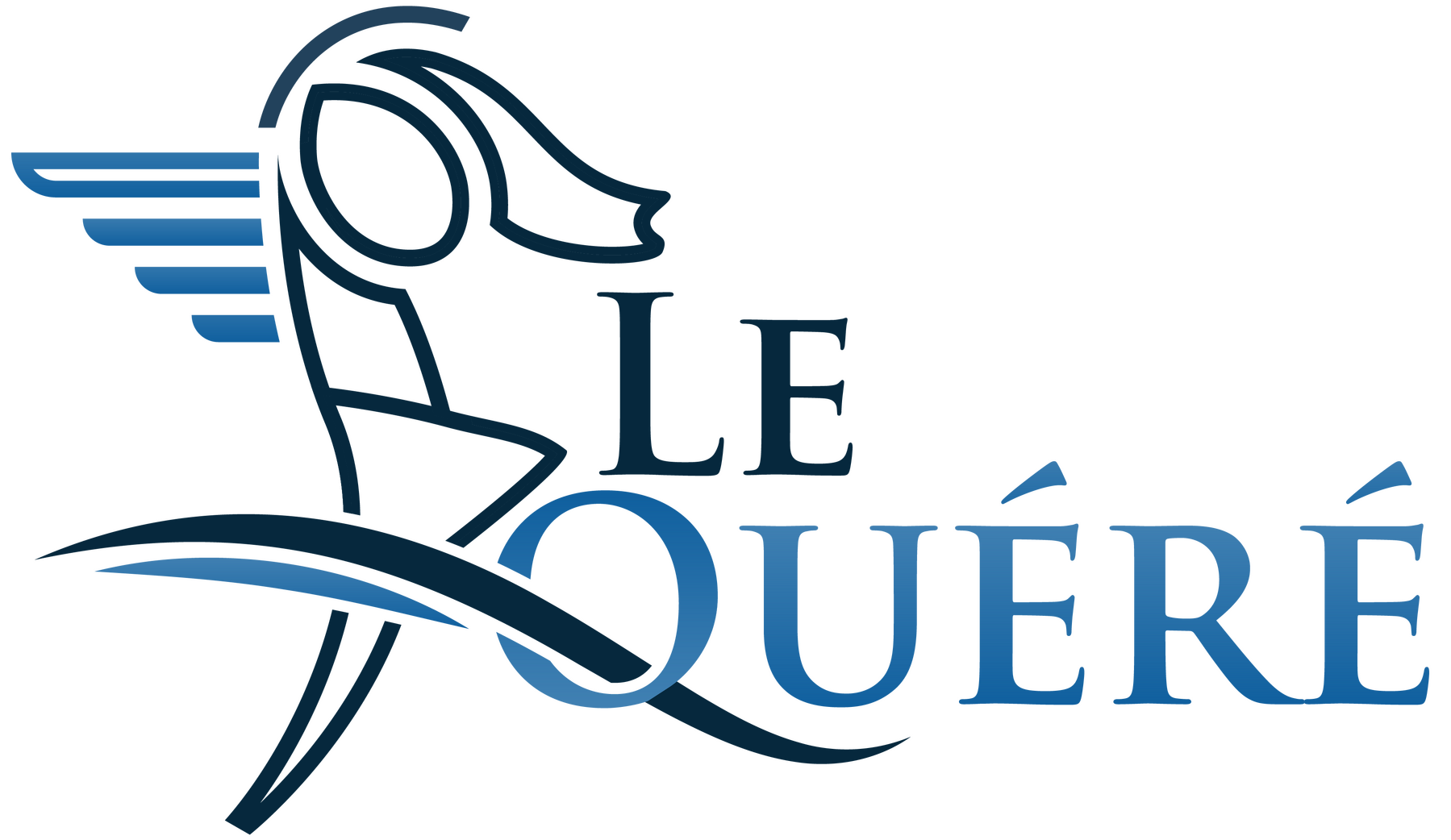Following the momentum generated during UNOC3 an d WindForGood, our team engaged in a series of high-impact discussions with local officials, industrial leaders, and maritime innovators, the goal- to explore how Wingfurl™, our auxiliary wind propulsion system, could scale from pilot to production in a region already positioned for maritime leadership.
In St Nazaire, we were warmly welcomed by Mayor David Samzun, who facilitated connections with the city’s economic development board and provided a platform for deeper discussions about local support structures for clean tech innovation. During these sessions, our focus centered on how Saint-Nazaire’s existing infrastructure, its skilled labour force, shipyard capacity, and logistics ecosystem, could support Wingfurl’s next phase of industrialisation and deployment.
We also met with members of the regional maritime cluster and port operators who provided valuable feedback on potential integration and manufacturing pathways. There was a strong sense of shared mission throughout the conversations, and a clear understanding that climate action in the maritime sector requires practical tools that can be deployed today.
What stood out most was the recognition that auxiliary wind propulsion is not just an innovative concept, but a viable and essential solution. Industry representatives repeatedly reinforced that Wingfurl™ holds real competitive value—not just as a sustainability tool, but as a cost-saving, compliance-friendly upgrade for fleets across Europe and beyond.
We left Saint-Nazaire energized by the alignment and enthusiasm. Concrete next steps are already underway to define regional cooperation frameworks, explore co-investment models, and bring Wingfurl closer to scaled commercialisation. This is more than a regional opportunity, it’s a model for how coastal innovation ecosystems can help lead the maritime sector into a zero-carbon future.
